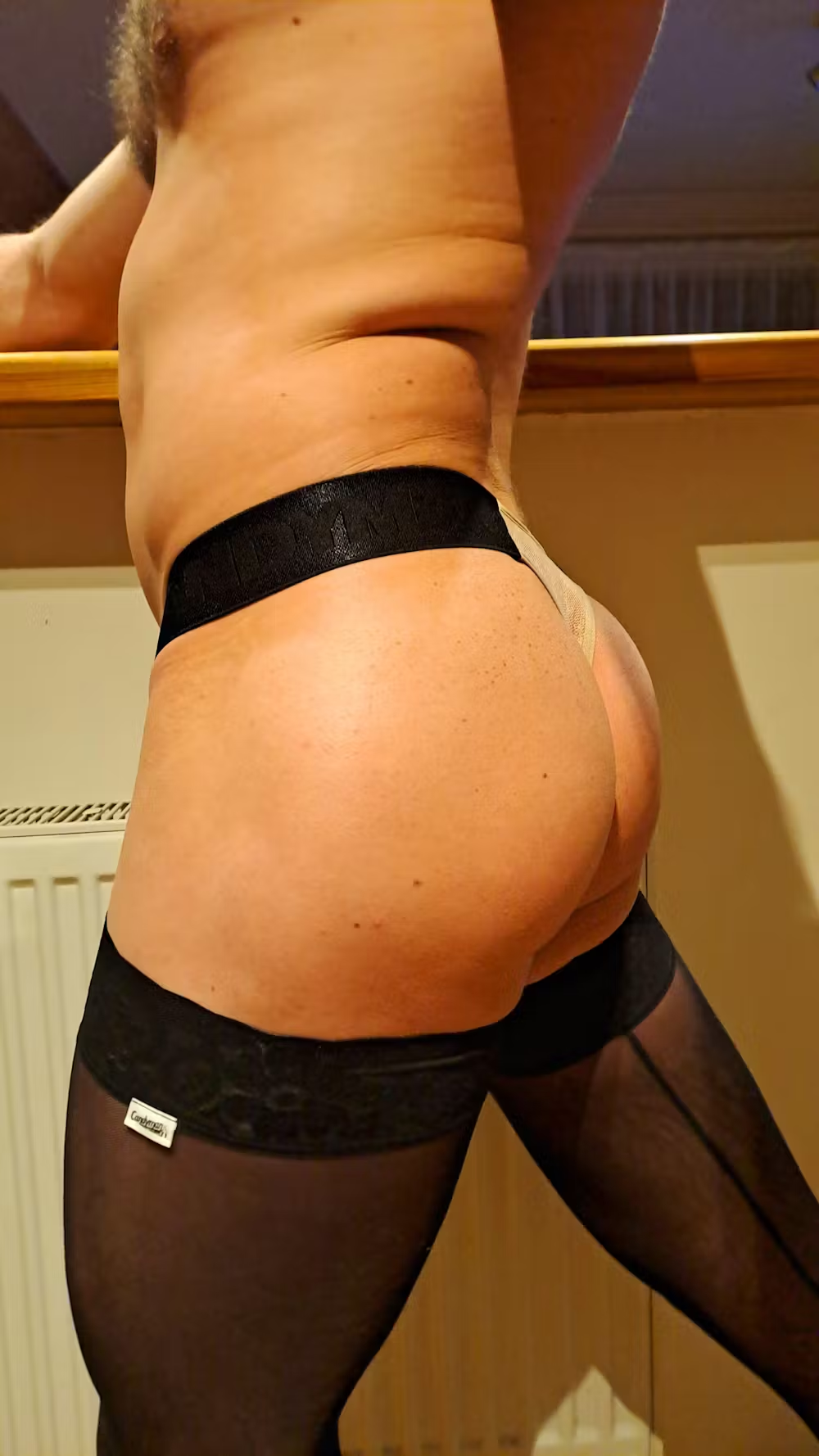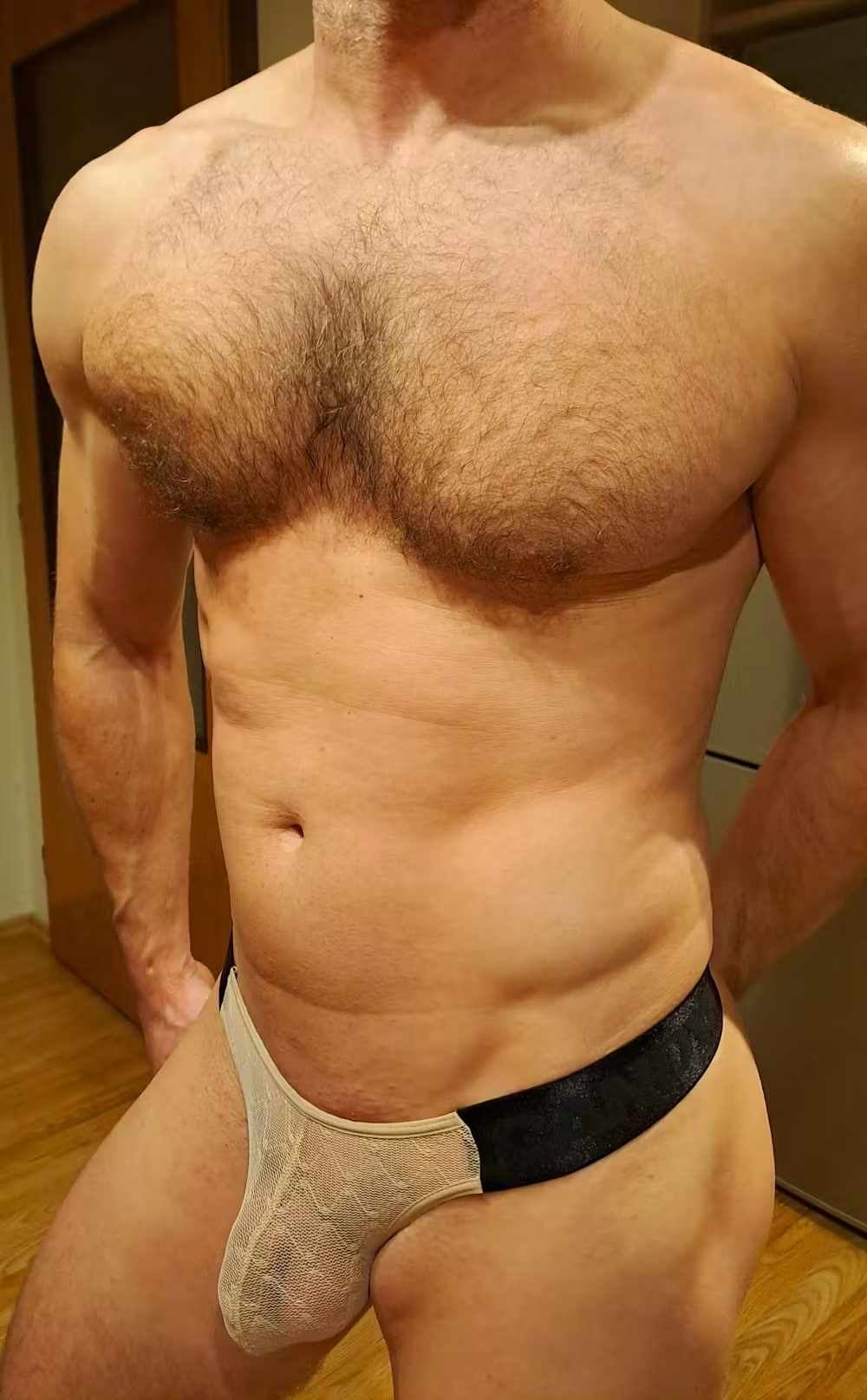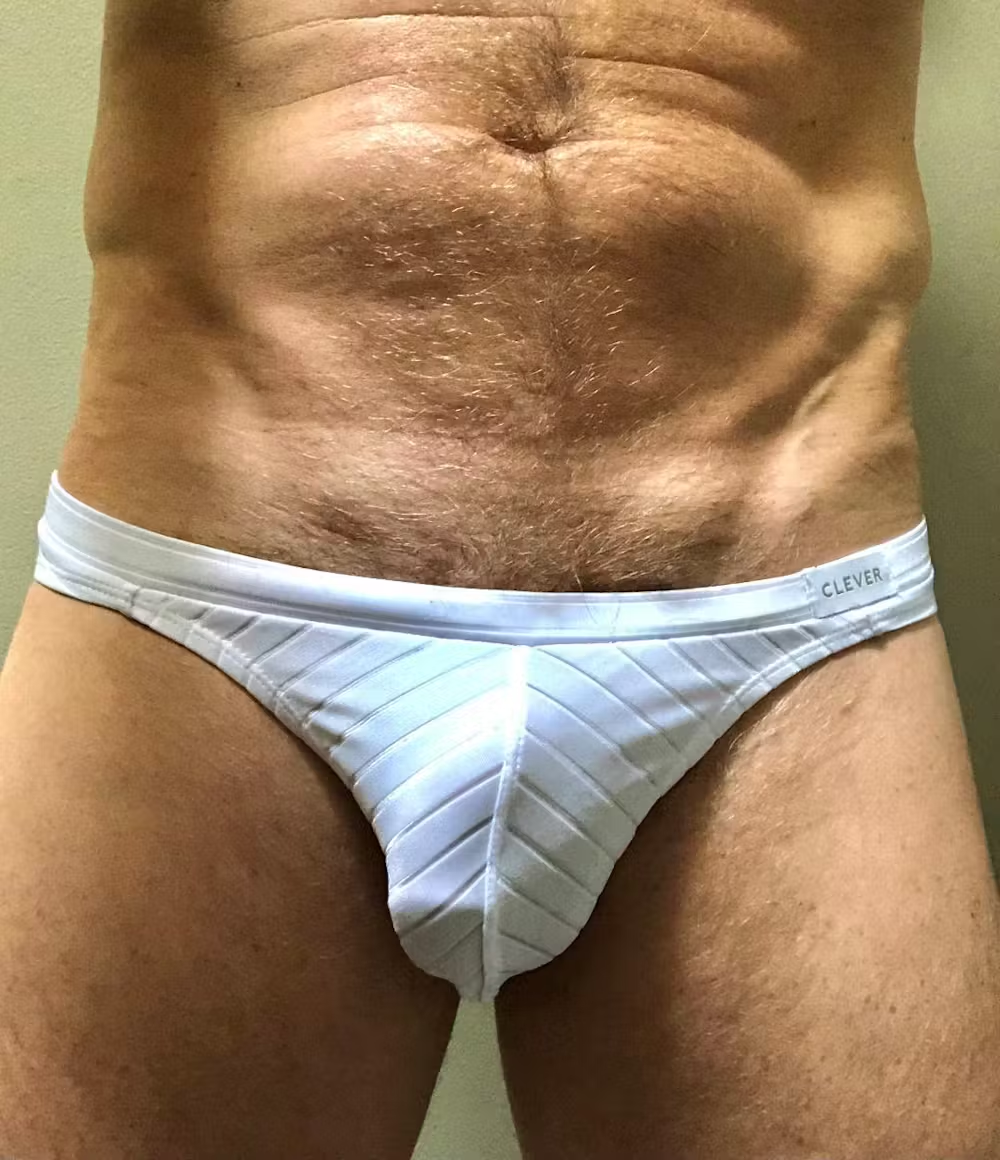The Rainbow Revolution: Understanding Pride Flag Colors and Their Significance
Let's cut straight to the chase – pride flag colors aren't just pretty rainbows slapped on merchandise during June. These vibrant hues carry profound meanings that have evolved through decades of struggle, celebration, and community building. Each stripe tells a story of resilience, identity, and the unapologetic pursuit of equality.
The chromatic language of LGBTQ+ culture speaks volumes about our collective journey. From Gilbert Baker's original eight-stripe design to the countless variations representing specific communities today, understanding pride flag colors meaning opens a window into the rich tapestry of queer identity and solidarity.
The Original Rainbow: Gilbert Baker's Revolutionary Vision
Gilbert Baker didn't just create a flag in 1978 – he birthed a symbol that would become synonymous with LGBTQ+ pride worldwide. His original design featured eight distinct colors, each meticulously chosen to represent fundamental aspects of human experience and queer identity.
Hot pink represented sexuality – the raw, unapologetic embrace of desire and attraction that society had long tried to suppress. Red symbolized life itself, the vitality and passion that flows through every individual regardless of who they love. Orange captured healing, acknowledging the wounds inflicted by discrimination while celebrating the community's capacity for recovery and growth.
Yellow radiated like sunlight, representing the brilliant illumination that comes with self-acceptance and authenticity. Green embodied nature's harmony, suggesting that LGBTQ+ identities are as natural and beautiful as any other aspect of human diversity. Turquoise spoke to magic – the transformative power of living one's truth and the almost mystical sense of belonging found within the community.
Indigo represented serenity, the peace that comes after years of internal struggle and societal acceptance. Violet crowned the spectrum, symbolizing spirit and the transcendent aspects of love that extend beyond physical attraction into deeper realms of human connection.
The Evolution from Eight to Six Stripes
Commercial realities forced adaptations that would ironically make the flag more ubiquitous. Hot pink fabric proved prohibitively expensive and difficult to mass-produce, leading to its removal. When the flag transitioned from hanging vertically to flying horizontally on parade routes, the turquoise stripe merged with blue, creating the six-stripe version most people recognize today.
This evolution reflects a broader truth about LGBTQ+ culture: adaptability without abandoning core values. The rainbow's essence remained intact even as its physical manifestation evolved to meet practical needs.
Celebrating Identity Through Pride-Inspired Fashion
Speaking of embracing authenticity, fashion has become a powerful vehicle for expressing LGBTQ+ pride year-round. The intersection of identity and style creates opportunities for subtle or bold statements, depending on your comfort level and circumstances.
Consider how a carefully chosen piece like the Candyman 99702 Bodysuit can serve as both intimate self-expression and confident outerwear. This particular design embodies the fearless aesthetic that many in our community gravitate toward – it's simultaneously playful and provocative, comfortable and daring. The bodysuit's sleek silhouette celebrates the male form while offering versatility that transitions from private moments to public statements.
For those seeking a comprehensive collection that honors our community's diverse expressions of pride, curated selections offer convenience without compromising authenticity. A thoughtfully assembled pride collection eliminates the guesswork of finding pieces that genuinely represent LGBTQ+ values rather than hollow commercial gestures.
Contemporary Flag Variations and Their Specialized Meanings
The rainbow's evolution didn't stop at six stripes. Modern iterations acknowledge the beautiful complexity of identities within the LGBTQ+ umbrella, creating space for communities that traditional representations might have inadvertently overlooked.
The Progress Pride Flag: Inclusion in Action
Daniel Quasar's Progress Pride Flag incorporates additional elements that explicitly celebrate transgender individuals and LGBTQ+ people of color. The chevron design features light blue, pink, and white stripes representing the transgender community, alongside black and brown stripes acknowledging the intersection of racial and sexual identity.
This isn't just aesthetic evolution – it's ideological progression. The flag recognizes that pride without intersectionality remains incomplete, that celebrating sexual and gender diversity while ignoring racial injustice undermines the movement's foundational principles.
Specific Community Representations
Numerous flags have emerged to represent specific identities within the LGBTQ+ spectrum. The bisexual flag employs magenta, lavender, and blue to represent attraction to same and different genders, with the overlapping purple symbolizing the fluid nature of bisexual attraction. Pansexual pride utilizes pink, yellow, and blue to indicate attraction regardless of gender identity.
Transgender pride features light blue and pink stripes flanking a white center stripe, representing traditional gender associations and those transitioning, living between genders, or identifying as gender-neutral. Each variation serves as both personal validation and community recognition.
The Psychology of Color in LGBTQ+ Symbolism
Color psychology reveals why certain hues resonate so powerfully within LGBTQ+ culture. Red's association with passion and courage speaks to the bravery required to live authentically in often hostile environments. Blue's calming properties offer respite and stability – qualities essential for communities facing constant external pressures.
The spectrum itself carries psychological weight. Rainbows appear after storms, symbolizing hope emerging from turbulence. This natural phenomenon perfectly parallels many LGBTQ+ individuals' journeys from confusion and fear toward clarity and pride.
"The rainbow belongs to everyone – it's a natural phenomenon that no government, religion, or institution can claim ownership over. That universality makes it the perfect symbol for love in all its forms."
Cultural Variations in Color Interpretation
Different cultures imbue colors with varying meanings, creating fascinating intersections within global LGBTQ+ communities. While Western interpretations dominate mainstream understanding, indigenous and non-Western color symbolism adds layers of meaning for community members from diverse backgrounds.
White might represent purity in some cultures and mourning in others. Purple could signify royalty or spirituality depending on cultural context. These variations enrich rather than complicate the pride flag's meaning, demonstrating how universal symbols can accommodate cultural specificity.
Digital Age Adaptations and Modern Usage
Social media platforms have transformed how pride flag colors circulate and evolve. Emoji representations, profile picture overlays, and digital art have democratized flag creation while maintaining connection to historical meanings.
The hashtag culture surrounding pride colors has created new forms of community building. #PrideFlagColors connects global conversations about identity and representation, while specific color combinations become rallying points for advocacy and celebration.
| Platform | Pride Integration | Community Impact |
|---|---|---|
| Rainbow story backgrounds | Increased visibility | |
| Pride emoji reactions | Real-time solidarity | |
| TikTok | Pride filter effects | Creative expression |
Commercial Appropriation Versus Authentic Representation
June's corporate rainbow washing has complicated relationships between LGBTQ+ communities and commercial entities. Distinguishing between genuine allyship and opportunistic marketing requires examining companies' year-round practices, not just their Pride month aesthetics.
Authentic representation involves understanding pride flag colors meaning beyond surface-level symbolism. Companies demonstrating genuine commitment typically maintain LGBTQ+ inclusive policies, support community organizations financially, and employ diverse teams in leadership positions.
Supporting LGBTQ+ Businesses
Purchasing from LGBTQ+ owned and operated businesses ensures that pride-themed merchandise directly benefits community members. These enterprises understand the cultural significance behind pride colors because they're lived experiences, not marketing opportunities.
Quality considerations matter equally. Well-made pride merchandise honors the symbols it displays, while cheaply produced items can inadvertently diminish their significance. Investing in durable, thoughtfully designed pieces demonstrates respect for the meanings they carry.
Educational Opportunities and Advocacy
Understanding pride flag colors creates opportunities for meaningful conversations about LGBTQ+ history and contemporary challenges. Knowledge becomes advocacy when shared respectfully and accurately.
Educational initiatives benefit from incorporating both historical context and contemporary relevance. Explaining Gilbert Baker's original vision alongside modern interpretations demonstrates how symbols evolve while maintaining core meanings. This approach prevents pride flag colors from becoming static museum pieces rather than living symbols of ongoing movements.
Frequently Asked Questions About Pride Flag Colors
Common misconceptions about pride flag colors meaning often stem from oversimplified explanations or commercial messaging. Addressing these directly helps build more nuanced understanding:
- Why do some pride flags have different numbers of stripes? Design evolution reflects both practical considerations and expanding inclusivity.
- Can individuals create their own pride flag variations? Community acceptance typically determines whether new designs gain widespread adoption.
- Do pride flag colors have universal meanings across all LGBTQ+ communities? While core concepts remain consistent, cultural and regional variations exist.
- How should allies display pride colors respectfully? Understanding historical significance and avoiding appropriation requires ongoing education and sensitivity.
Future Directions in Pride Symbolism
Pride flag evolution continues as communities assert their visibility and demand recognition. Emerging identities and growing intersectional awareness will likely generate additional symbolic representations while maintaining connections to foundational rainbow principles.
Technology's role in symbol creation and dissemination will expand, potentially creating more personalized expressions of pride identity. Digital platforms might enable custom flag creation while maintaining community validation processes.
The enduring power of pride flag colors lies not in their static beauty but in their capacity to unite diverse individuals under shared values of authenticity, acceptance, and love. These symbols will continue evolving because the communities they represent remain vibrant, growing, and uncompromisingly proud.
Understanding pride flag colors meaning enriches personal identity expression while honoring the courage of those who fought for today's freedoms. Whether displayed boldly or worn subtly, these powerful hues carry forward a legacy of resilience that continues inspiring new generations of LGBTQ+ individuals to live their truth unapologetically.



















0 comments